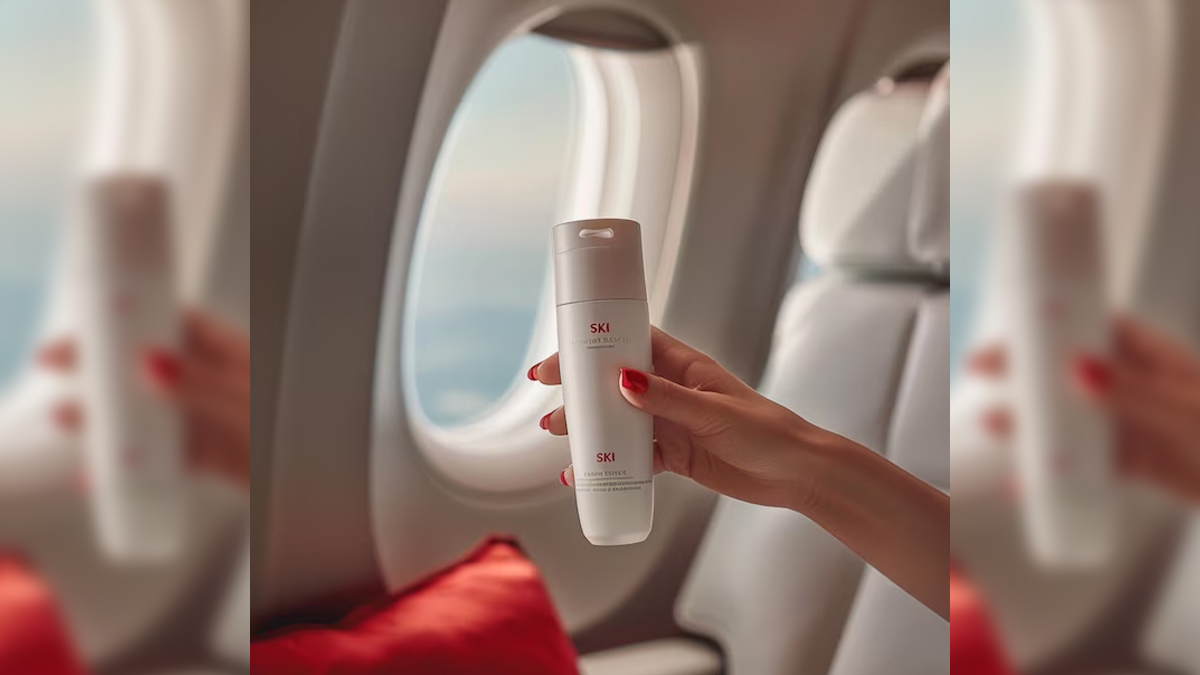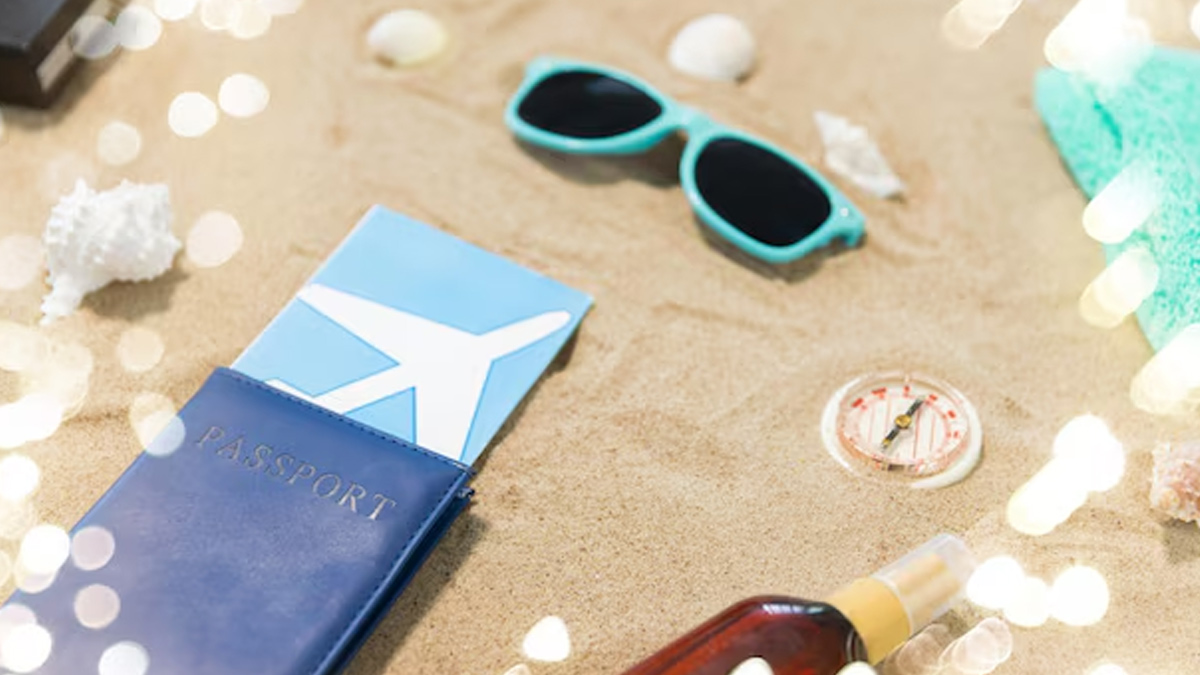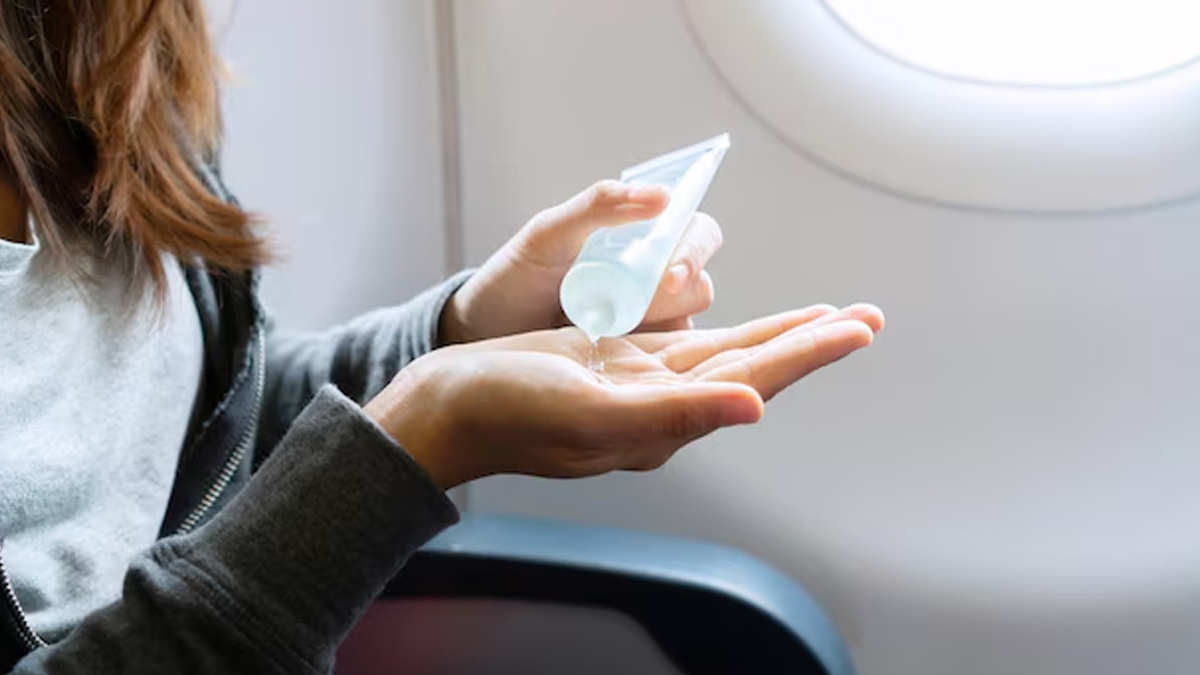Should You Apply Sunscreen Inside A Plane
Published 11 hours ago• 2 minute read
Doctor Verified
If you're someone who always opts for the window seat on a flight, it might be time to reconsider. Sitting by the window can expose you to significantly higher levels of UV rays, making sunscreen just as important in the air as it is on the ground.

According to Dr Agarwal, when you're cruising at 30,000-40,000 feet, the Earth’s protective atmosphere is much thinner. This means more UV rays, especially UVA and UVB, can penetrate and reach you. In fact, UV radiation levels at that altitude can be up to twice as high as they are at ground level. This increased exposure, combined with reflective surfaces like clouds or snow, can intensify the radiation even further, making in-flight UV protection especially important, particularly on long, daytime flights.
Top Stories

Applying sunscreen during long flights is crucial. While airplane windows are designed to block most UVB rays, the ones responsible for sunburn, they don’t fully block UVA rays, which penetrate deeper into the skin and are known to accelerate ageing and increase long-term skin damage risk.
If you’re seated by the window, you’re still vulnerable to UVA exposure, especially on sunny routes or when flying over reflective terrains.
Dr Agarwal recommends applying a broad-spectrum sunscreen with at least SPF 30, particularly one that offers UVA protection. Mineral sunscreens containing zinc oxide or titanium dioxide are ideal for their skin-friendly, effective coverage. And because airplane cabins are dry, reapplying sunscreen and using a hydrating moisturizer can help maintain your skin barrier during flight.

Beyond sunscreen, there are several simple steps you can take to shield your skin while flying:
- Stay hydrated and apply moisturiser to combat the cabin's dry air, which can weaken your skin’s natural barrier.
- While newer aircraft may use more UV-resistant window materials, protection levels still vary by airline and aircraft model—so it’s best not to rely solely on the window to shield your skin.
Flying high may get you to your destination faster, but it also brings you closer to the sun's harmful rays. Whether you're a frequent flyer or planning a long-haul daytime flight, being proactive about UV protection is crucial. Apply sunscreen, cover up, and keep those shades down to protect your skin at 30,000 feet and beyond.
